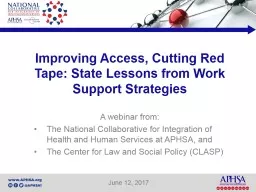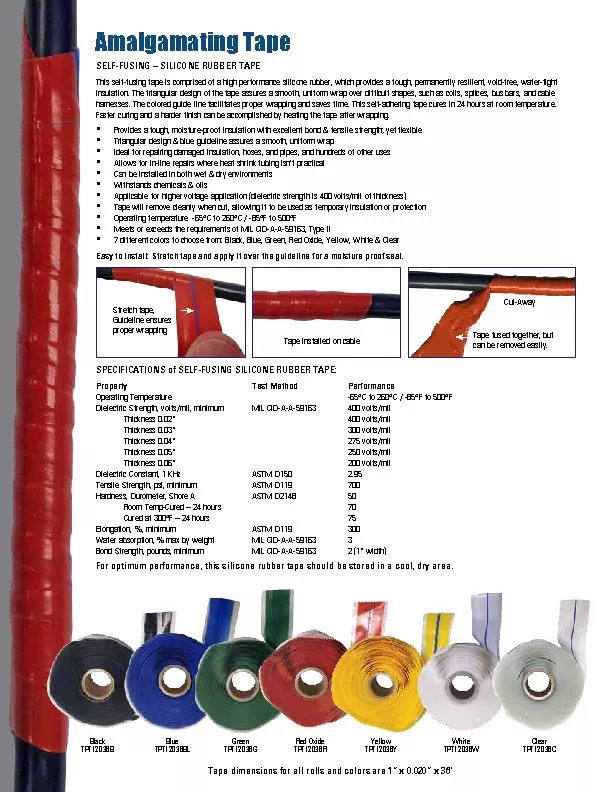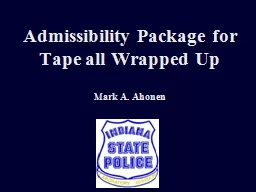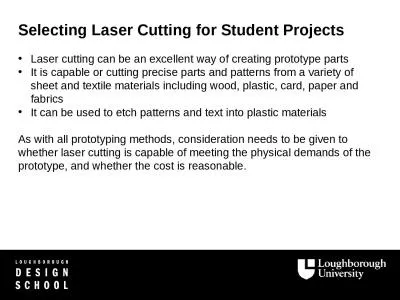PPT-Improving Access, Cutting Red Tape: State Lessons from Work
Author : tawny-fly | Published Date : 2018-01-04
A webinar from The National Collaborative for Integration of Health and Human Services at APHSA and The Center for Law and Social Policy CLASP June 12 2017 Speakers
Presentation Embed Code
Download Presentation
Download Presentation The PPT/PDF document "Improving Access, Cutting Red Tape: Stat..." is the property of its rightful owner. Permission is granted to download and print the materials on this website for personal, non-commercial use only, and to display it on your personal computer provided you do not modify the materials and that you retain all copyright notices contained in the materials. By downloading content from our website, you accept the terms of this agreement.
Improving Access, Cutting Red Tape: State Lessons from Work: Transcript
Download Rules Of Document
"Improving Access, Cutting Red Tape: State Lessons from Work"The content belongs to its owner. You may download and print it for personal use, without modification, and keep all copyright notices. By downloading, you agree to these terms.
Related Documents














